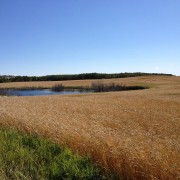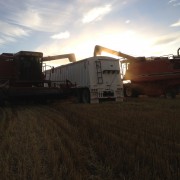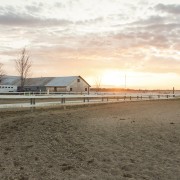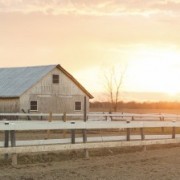Prevention or Contingency?
I read Alan Weiss regularly and one of his daily blog entries from early July gave me inspiration for this
week’s article.
Alan consults to Fortune 500 Companies and solo practitioners alike, and in the entry I refer to he asks
readers, “What are you doing with your clients, helping them to fight fires or to prevent them?”
Currently, I’m doing as much fire-fighting as I am fire prevention. I enjoy the latter far more, and I know
clients do to.
The challenge is that it is hard work to build and implement a prevention plan. It’s more fun to “give’r
while the going’s good” and figure out the rest later. For many farms, later has arrived and now it’s time
to fight fire.
The prevention plan will consider 3 metrics that must be maintained:
1. Working Capital
2. Debt to Equity
3. Cash Flow

Working Capital is simply the difference between your Current Assets and your Current Liabilities. To
complicate things, there is a process on how to include accurate figures for each; it’s not hard, but it
takes work. If your working capital is negative with little opportunity to return to positive, seek help
immediately.
Debt to Equity, usually represented as Debt:Equity or D:E, is a ratio of your total liabilities to your
equity. For realistic measurements, calculate your net worth for the equity figure. Net worth is fair
market value (FMV) of all “owned” assets less all liabilities. The difference is your net worth. If your
debts are $2million and your net worth is $1million, your D:E = 2:1. In some industries, a D:E of 2:1 is
acceptable; in agriculture, it is considered too high. Target your D:E at 1:1 or less.
Cash Flow is going to be the new-old buzz word. As it was the dominant focus of the 1990’s and early
2000’s, cash flow will once again be front and center. Total up you cash flow requirements for the year
and don’t leave anything out (like living expenses.) When compared to what expected gross production
revenues are going to be this year, are you happy with the result?
Direct Questions
Can you recognize and describe the importance of adequate working capital?
Debt to Equity is a measurement of “what you owe versus what you own.” Are you happy with how your
metric balances out?
Cash makes loan payments, equity does not. Are your financing obligations using up the cash you need
to pay bills, cover living expenses, or build adequate working capital?
From the Home Quarter
Your prevention plan needs to have these three metrics measured, tested, and measured again.
Strategies for how to manage your finite resources so as to build and maintain a prevention plan are
easier than fighting fires or trying to put together an emergency contingency plan when you first see
smoke. You might have excellent fire-fighting skills, and your contingency plan could be water tight, but
the fire still occurred. Isn’t it better to prevent what caused the fire then to fight it?
If you’d like help building your farm’s prevention plan, then call me or send an email.











